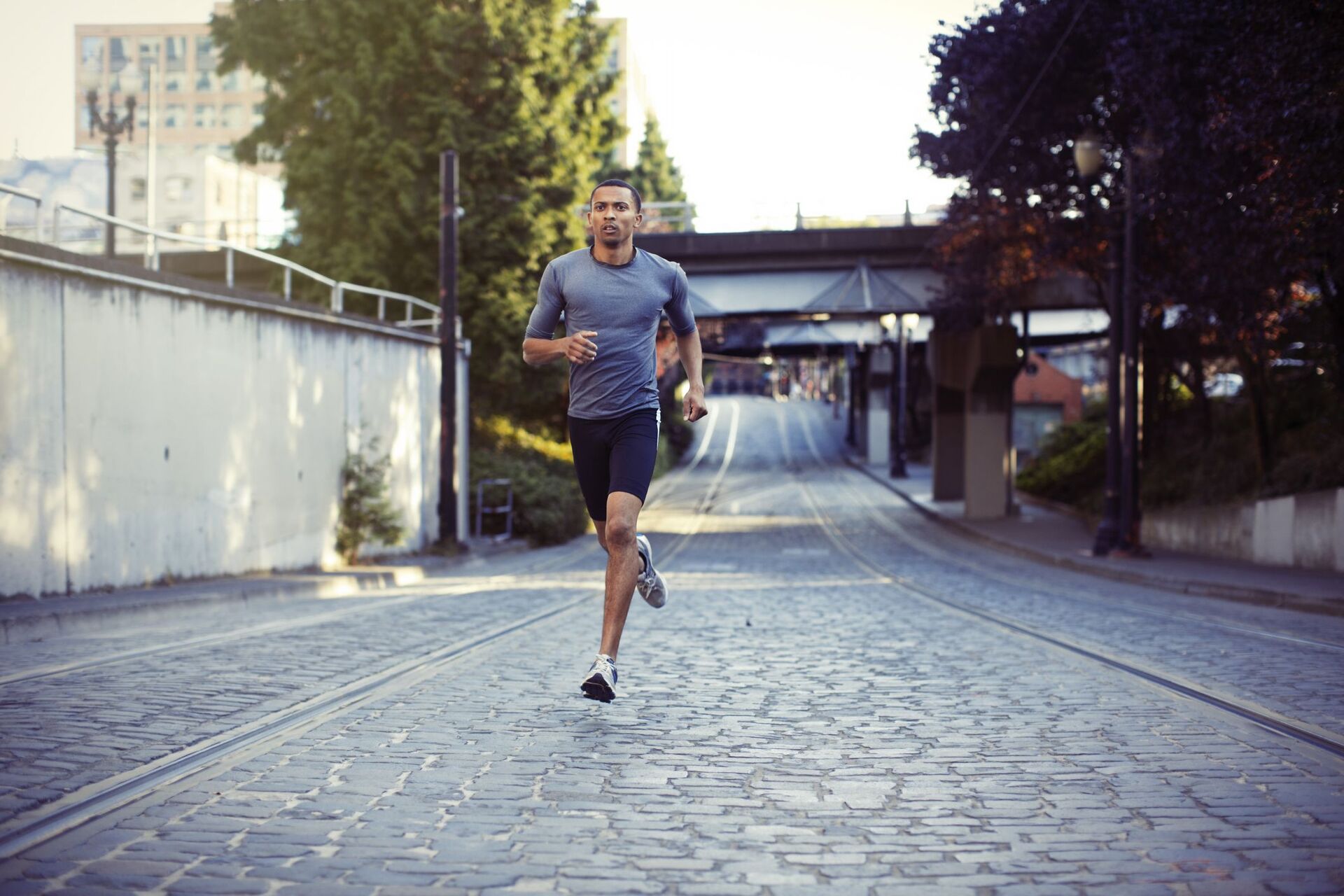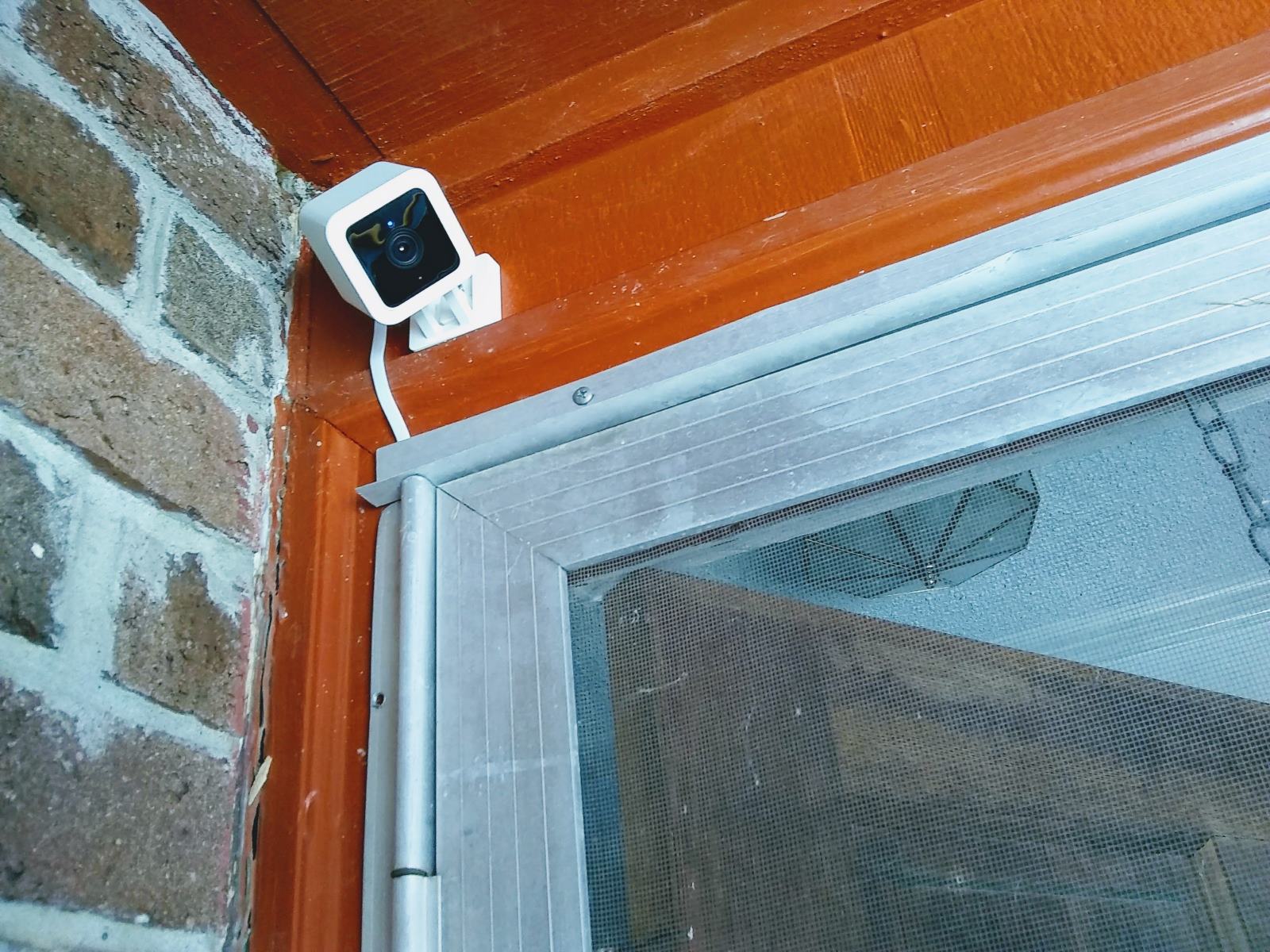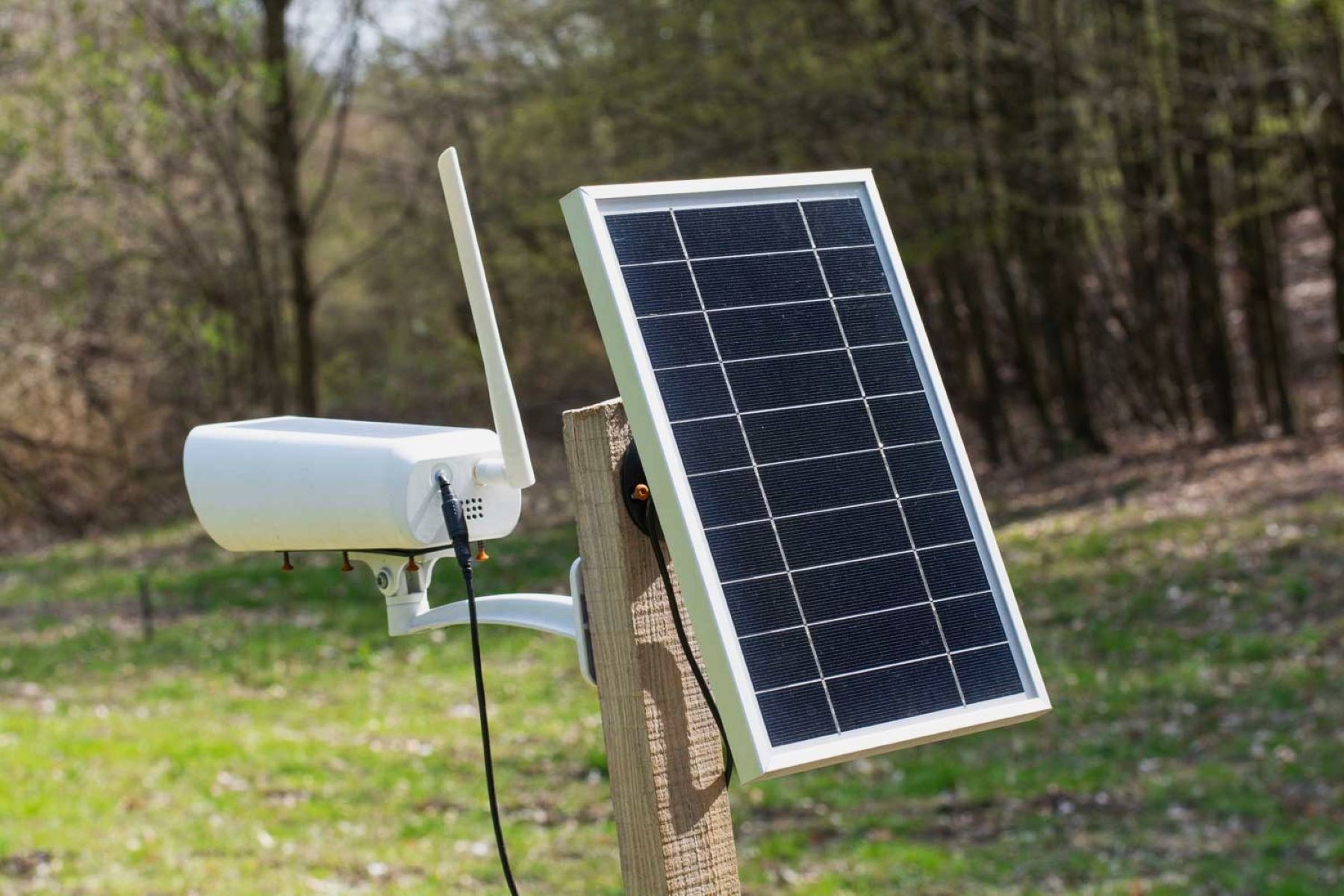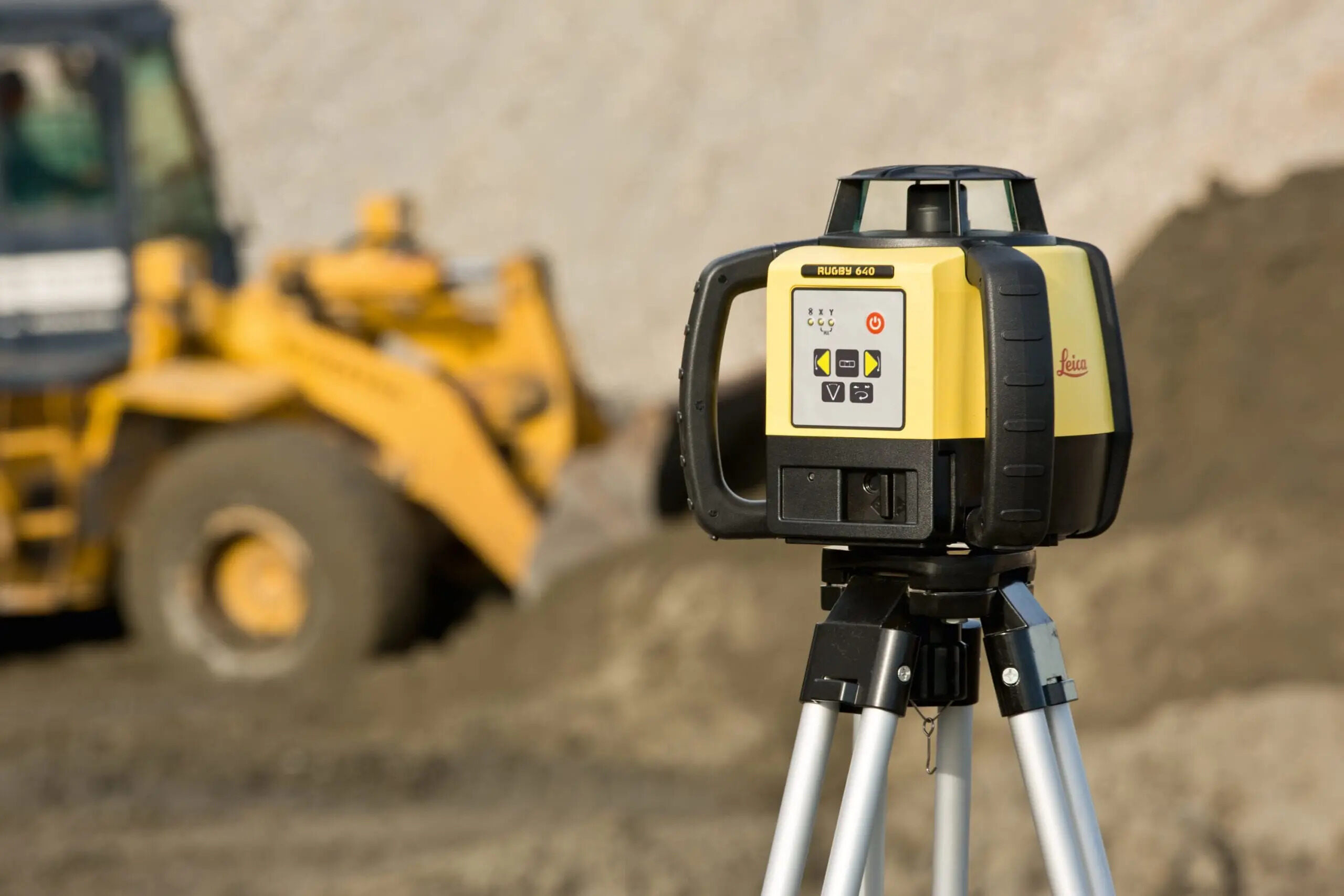Home>Furniture & Design>Outdoor Furniture>How To Transition From Treadmill To Outdoor Running


Outdoor Furniture
How To Transition From Treadmill To Outdoor Running
Published: January 14, 2024
Learn how to smoothly transition from treadmill to outdoor running with our expert tips and techniques. Discover the best ways to adapt your training and maximize your performance. Outdoor furniture, furniture, and design.
(Many of the links in this article redirect to a specific reviewed product. Your purchase of these products through affiliate links helps to generate commission for Storables.com, at no extra cost. Learn more)
Introduction
So, you've been pounding away on the treadmill, watching the digital numbers tick by as you log your miles indoors. But now, you're feeling the call of the great outdoors, beckoning you to lace up your running shoes and hit the pavement. Transitioning from the controlled environment of the gym to the open air of outdoor running can be an exhilarating and rewarding experience.
In this article, we'll explore the benefits of making the switch, as well as provide valuable insights on how to prepare for and succeed in the transition. Whether you're a seasoned treadmill warrior or a newbie to the world of running, this guide will equip you with the knowledge and confidence to embrace the change and take your fitness journey to new heights. So, let's step outside and discover the joys of outdoor running!
Key Takeaways:
- Embrace the transition from treadmill to outdoor running for a breath of fresh air, mental refreshment, and a deeper connection with nature, enhancing overall well-being and fitness journey.
- Prepare for outdoor running by assessing footwear, acclimating gradually, prioritizing safety, and engaging senses, unlocking the full potential of outdoor running while embracing its joys and rewards.
Read more: How To Run Outdoor Conduit
Benefits of Transitioning to Outdoor Running
Stepping out of the gym and onto the open road brings a myriad of benefits that extend beyond physical fitness. Here are some compelling reasons to make the transition to outdoor running:
- Connection with Nature: Outdoor running allows you to breathe in fresh air, soak up vitamin D from the sun, and revel in the sights and sounds of nature. This connection with the outdoors can invigorate your spirit and enhance your overall well-being.
- Variety and Challenge: Unlike the monotony of the treadmill, outdoor running offers diverse terrains, such as hills, trails, and parks, providing a dynamic and stimulating workout experience. Negotiating natural obstacles can engage different muscle groups and add an element of challenge to your runs.
- Mental Refreshment: The ever-changing scenery and the freedom of movement can clear your mind and reduce stress. Outdoor running offers a mental escape, allowing you to unplug from the digital world and find solace in the beauty of your surroundings.
- Improved Balance and Coordination: Negotiating uneven surfaces outdoors can enhance your balance and coordination, as your body adapts to the natural environment. This can contribute to better overall athleticism and reduce the risk of injury.
- Community and Social Interaction: Running outdoors provides opportunities to connect with fellow runners, join group runs, and participate in local races. The sense of camaraderie and mutual encouragement can foster a supportive running community.
- Enhanced Vitamin D Absorption: Exercising outdoors exposes you to natural sunlight, promoting the production of vitamin D in your body. Adequate vitamin D levels are essential for bone health, immune function, and overall vitality.
By embracing outdoor running, you not only elevate your physical fitness but also enrich your overall well-being through a deeper connection with nature and a more diverse and stimulating workout experience.
Preparing for Outdoor Running
Transitioning from the controlled environment of the treadmill to the dynamic outdoors requires thoughtful preparation to ensure a smooth and enjoyable experience. Here are essential steps to prepare for outdoor running:
- Assess Your Footwear: Invest in a pair of running shoes specifically designed for outdoor terrain. These shoes provide the necessary traction, support, and stability to navigate various surfaces, reducing the risk of slips and falls.
- Gradual Transition: If you’re accustomed to treadmill running, ease into outdoor running gradually to allow your body to adapt to the new demands. Start with shorter distances and moderate paces before gradually increasing both distance and intensity.
- Weather Considerations: Check the weather forecast before heading out for a run. Dress appropriately for the conditions, considering factors such as temperature, humidity, wind, and precipitation. Wearing moisture-wicking clothing can help keep you comfortable during your outdoor workouts.
- Hydration and Nutrition: Unlike indoor gyms where water fountains are readily available, outdoor runners need to carry water or plan routes that pass water sources. Additionally, fuel your body with a balanced meal or snack before heading out for a run to maintain energy levels.
- Route Planning: Familiarize yourself with potential running routes in your area. Look for paths with pedestrian-friendly surfaces, minimal traffic, and scenic surroundings. Consider exploring local parks, trails, or running paths for a more enjoyable outdoor running experience.
- Safety Measures: Prioritize safety by making yourself visible to others, especially during low-light conditions. Wear reflective gear or bright-colored clothing, and consider carrying identification and a phone for emergencies. It’s also advisable to inform someone about your running route and estimated return time.
- Post-Run Recovery: Implement a post-run recovery routine that includes stretching, hydration, and adequate rest. Outdoor running can place different demands on your body, so allowing for proper recovery is crucial for injury prevention and overall well-being.
By addressing these key considerations, you can set the stage for a successful transition to outdoor running, ensuring a safe, enjoyable, and fulfilling experience as you embrace the open-air fitness journey.
When transitioning from treadmill to outdoor running, start by gradually increasing your outdoor running distance and pace to adjust to the different terrain and weather conditions. This will help prevent injuries and improve your overall performance.
Tips for a Successful Transition
Transitioning from the controlled environment of the treadmill to the ever-changing outdoors requires a thoughtful approach and a willingness to adapt. Here are valuable tips to facilitate a successful and seamless transition:
- Embrace Variation: Embrace the diverse terrain and natural elements that outdoor running offers. Vary your routes to experience different inclines, surfaces, and scenery, keeping your runs fresh and engaging.
- Listen to Your Body: Pay attention to how your body responds to the transition. Be mindful of any new aches or pains and adjust your running intensity or frequency accordingly. It’s normal for your body to adapt gradually to the outdoor environment.
- Mental Flexibility: Embrace the unpredictability of outdoor running. Be open to adjusting your pace and expectations based on factors such as weather, terrain, and traffic. Cultivating mental flexibility can enhance your overall running experience.
- Engage Your Senses: Immerse yourself in the sensory experience of outdoor running. Notice the sights, sounds, and scents around you, allowing them to enhance your connection with the natural world and infuse your runs with a sense of wonder and appreciation.
- Strength and Stability Training: Incorporate strength and stability exercises into your routine to support your body’s adaptation to outdoor running. Focus on exercises that target core strength, balance, and lower body stability to improve overall running performance and reduce the risk of injury.
- Join a Running Group: Consider joining a local running group or club to connect with experienced outdoor runners and gain valuable insights and support. Group runs can provide motivation, accountability, and a sense of community as you navigate the transition.
- Mindful Breathing: Practice mindful breathing techniques during your outdoor runs. Consciously inhale fresh air and exhale any tension or stress, using your breath to anchor yourself in the present moment and enhance your overall running experience.
- Celebrate Milestones: Acknowledge and celebrate your progress as you adapt to outdoor running. Whether it’s conquering a challenging hill or achieving a new distance record, recognizing your milestones can boost your confidence and motivation.
By integrating these tips into your transition to outdoor running, you can navigate the change with confidence and enthusiasm, unlocking the full potential of outdoor running while embracing its inherent joys and rewards.
Conclusion
Transitioning from the familiar confines of the treadmill to the invigorating realm of outdoor running is a transformative journey that offers a multitude of physical, mental, and emotional benefits. By making this transition, you open the door to a world of natural beauty, dynamic challenges, and enriching experiences that can elevate your overall well-being.
As you prepare to embrace outdoor running, remember that the transition is not solely about physical adaptation, but also about cultivating a deeper connection with nature, harnessing mental resilience, and fostering a sense of community within the running sphere. The benefits of outdoor running extend far beyond the physical act of putting one foot in front of the other; they encompass a holistic enrichment of mind, body, and spirit.
By assessing your footwear, gradually acclimating to outdoor conditions, and prioritizing safety and self-care, you can set the stage for a successful transition. Embracing variation, listening to your body, and engaging your senses will empower you to fully immerse yourself in the outdoor running experience, allowing each run to become a unique and fulfilling adventure.
Ultimately, the transition from treadmill to outdoor running is a testament to your adaptability, resilience, and willingness to embrace change. It’s a journey that beckons you to explore new horizons, challenge your limits, and revel in the boundless freedom of the open road. So, lace up your running shoes, step outside, and embark on this exhilarating transition with confidence and enthusiasm. The world of outdoor running awaits, ready to enrich your life in ways beyond measure.
Frequently Asked Questions about How To Transition From Treadmill To Outdoor Running
Was this page helpful?
At Storables.com, we guarantee accurate and reliable information. Our content, validated by Expert Board Contributors, is crafted following stringent Editorial Policies. We're committed to providing you with well-researched, expert-backed insights for all your informational needs.
















0 thoughts on “How To Transition From Treadmill To Outdoor Running”